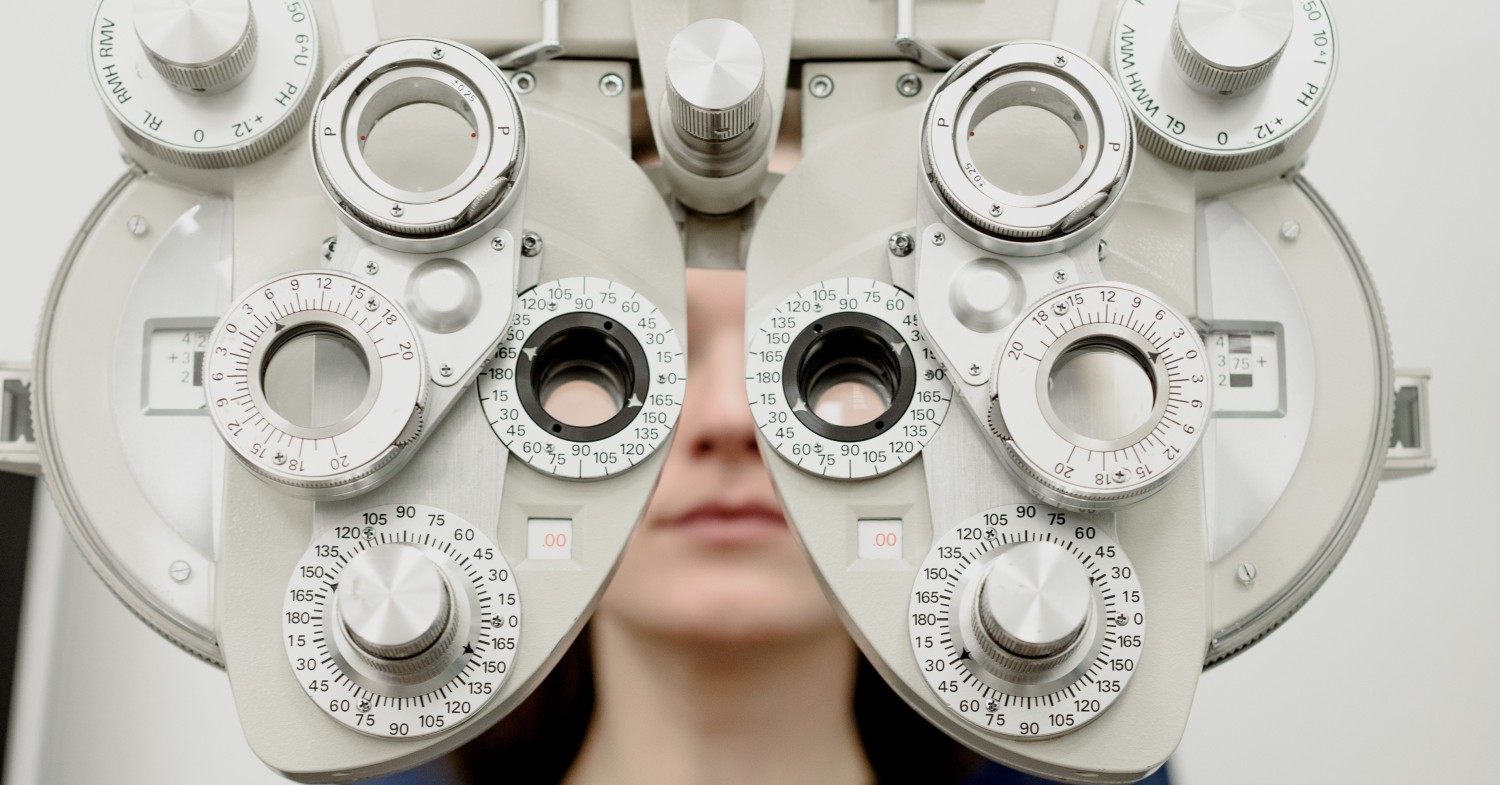
How Much Does a Doctor of Occupational Therapy Make?
In the occupational therapy field, a doctorate can open doors [...]

Occupational therapy (OT) originated as a mental health treatment in the early twentieth century. Developed to assist returning World War I veterans suffering post-traumatic stress disorder (PTSD, known at the time as “shell-shock”), occupational therapy employed civilian women (called reconstruction aides, or RAs) to help soldiers manage their trauma and reorient to civilian life.
OT has come a long way since then. Today, this mental and physical remediation science provides assessments to treat physical and mental health disabilities using therapies like sensory integration, coping strategies, and behavioral modification.
How is occupational therapy used in mental health? This article addresses that question by discussing:
OT patients may struggle to plan tasks, solve problems, organize themselves, and make decisions. They may also face challenges managing their emotions. An occupational therapist can assist patients in overcoming these obstacles and finding healthy methods to manage daily life.
Inpatient and outpatient treatments require slightly different roles for mental health occupational therapists. However, in both settings, treatment plans focus on raising a patient’s knowledge of their disease (insight) and broadening the range of life skills and techniques they employ to manage their dysfunction and achieve greater well-being.
Occupational therapists help patients deal with emotional, social, and behavioral health disabilities in everyday life situations. Many OTs work with people who have mental health conditions as well as developmental, cognitive, or physical impediments. OT can help those with mental illness or developmental issues improve their social relationships, conduct, work, and academic performance.
Self-care includes dressing, eating, toileting, bathing, and grooming; therapists provide hands-on guidance in these abilities to patients. In mental health settings, therapists may focus on obstacles to self-care, such as low motivation, low energy, fluctuating mood, uncertain housing, and lack of financial means. Hobby participation, yoga, exercise, and similar relaxation practices can reduce stress levels to promote more effective self-care.
Emotion regulation covers everything from anger management to interpersonal dynamics to conflict resolution. Therapists work with patients to help them recognize their feelings, understand what drives them, and develop constructive approaches to managing and expressing them. Clinicians use calming techniques, stress management tools (e.g. fidget toys), exercise, and meditation practices to assist patients.
One in four Americans suffers from chronic pain; medical care and lost productivity due to pain cost the nation over $500 billion each year. OT promotes pain self-management through adaptive approaches to daily tasks. A therapist helps patients identify challenging activities and develop strategies to reduce pain while improving performance. Teaching patients the causes of pain, pain control strategies, and proper ergonomics often contribute to successful therapy. Managing pain can help reduce the stress caused by mental health challenges and in this way assist with mental health treatment.
Community mobility involves driving, cycling, public transportation, taxis, and other transportation systems. Mobility is essential to independent living as it facilitates shopping, dining, socializing, and other meaningful activities. Therapists assess patients’ capability to manage various transportation options and work with them to develop or redevelop the skills necessary to utilize them by building strength, range of motion, and coordination.
Occupational therapists work in mental health settings to provide therapies promoting communication and other social skills. OTs are trained to recognize and categorize various forms of social and communication dysfunction through assessment and to prescribe appropriate interventions that facilitate communication and build social skills.
The Master of Science in Occupational Therapy is a post-baccalaureate practice degree designed for students interested in becoming professional occupational therapists. In order to practice in the United States, you must have completed at least a master’s degree. Graduates need to take the National Board Certification in Occupational Therapy examination (NBCOT). When graduates combine their degree with national board certifications and state licenses, they have all they need to practice.
Getting a master’s in occupational therapy typically takes two to three years; it depends on the school and program you choose. Then you’ll need 30 to 90 days to study for and take the NBCOT exam.
Future occupational therapists learn how to help people improve their health and quality of life by engaging in meaningful daily activities in master’s degree programs in occupational therapy. Students learn how to assess clients’ functional needs, devise solutions, and implement them to help them become more self-sufficient. Examples of courses for a master’s in occupational therapy include:
Occupational therapists sometimes add a speciality after earning their master’s degree and working in the field. Earning a certificate from the American Occupational Therapy Association (AOTA) or another certificate-granting body is required to add a speciality. In some circumstances, you’ll need to take classes or take an exam; in others, demonstrating your existing experience will suffice.
The American Occupational Therapy Association’s Accreditation Council for Occupational Therapy Education (ACOTE) has approved 220 master’s in occupational therapy programs in the United States. Students must have completed an ACOTE-accredited Occupational Therapy program to sit for the NBCOT exam.
Top occupational therapy programs, according to US News & World Report, include the following.
Washington University in St. Louis
St. Louis, MO
Many master’s in occupational therapy programs are delivered on-campus due to the complicated nature of occupational therapy practice. While occupational therapy is a very hands-on profession, online master’s in occupational therapy programs are available for those who desire to finish their education from a distance. Most online programs require you to complete a specified number of clinical hours in person before you may graduate.
Questions or feedback? Email editor@noodle.com

In the occupational therapy field, a doctorate can open doors [...]

Genetic counseling is a career that combines science and sensitivity,especially [...]

Neuro-optometrists use neurology and optometry to understand vision and its [...]

Earning a Doctor of Optometry typically takes four years, although [...]

The live video component of telehealth allows occupational therapy providers [...]
Categorized as: Occupational & Behavioral Therapy, Nursing & Healthcare